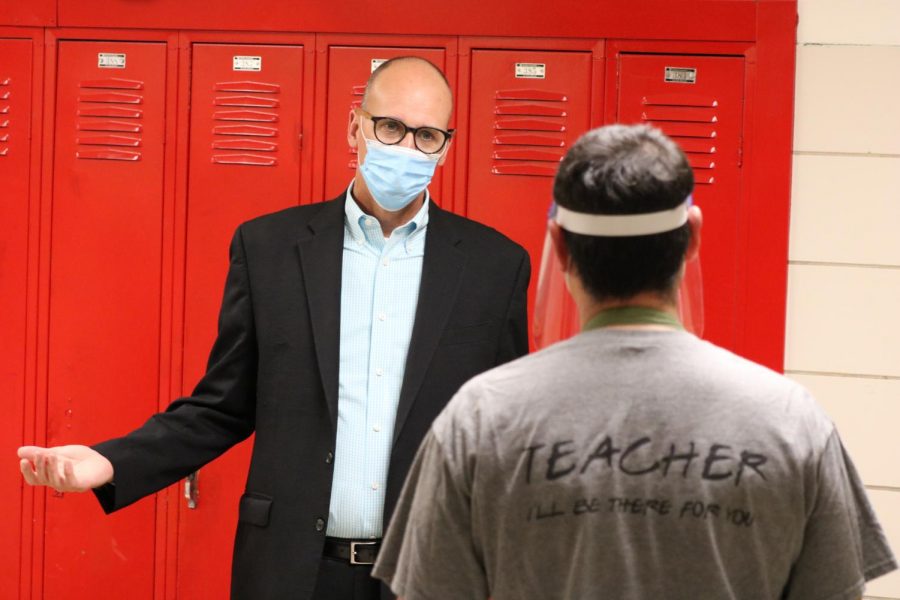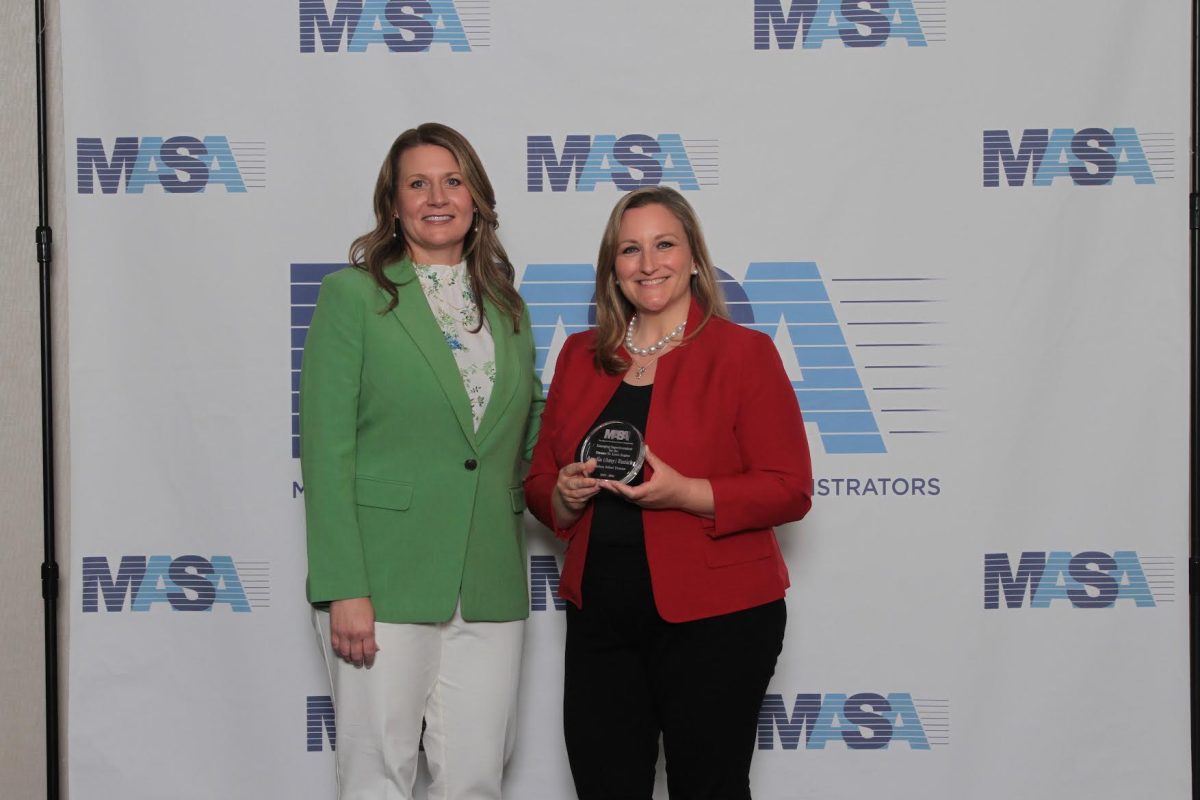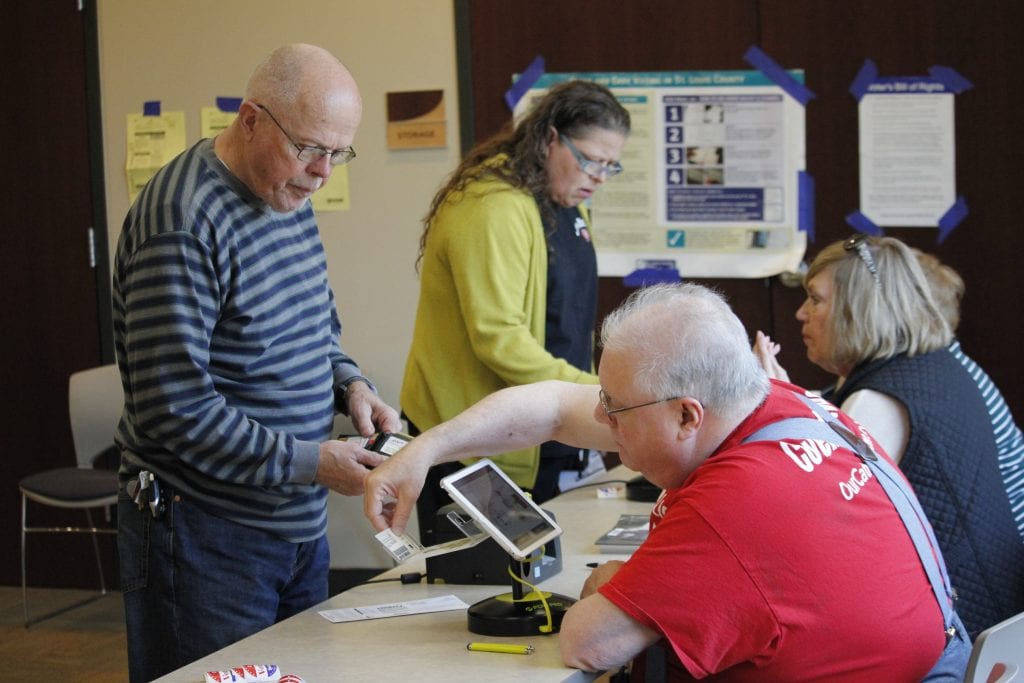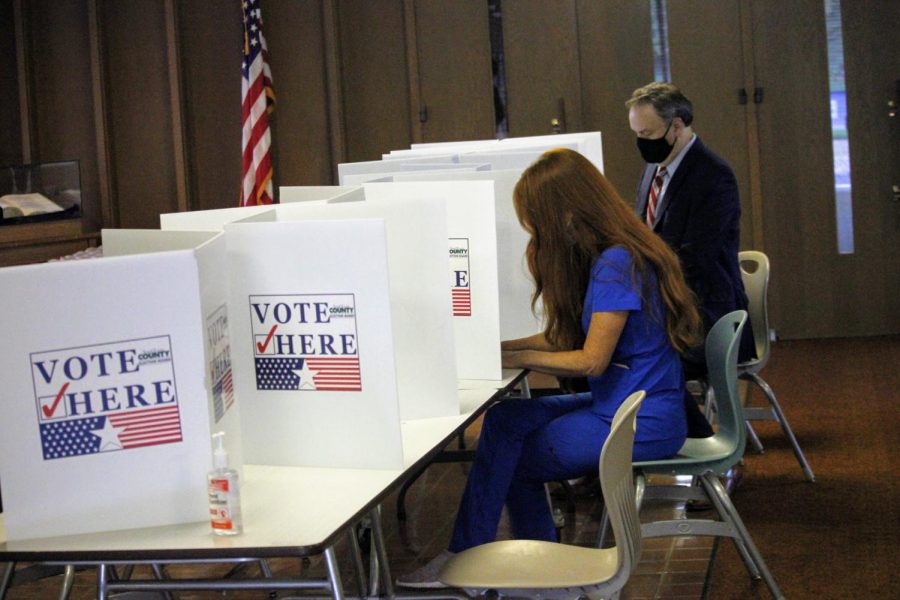The Mehlville Board of Education unanimously voted Feb. 24 in favor of updates to the district’s plan on how to spend allocated Elementary and Secondary Schools Emergency Relief funds.
Like county and municipal governments that received federal funding to mitigate the effects of COVID-19, school districts across the country received federal funds to mitigate the pandemic. The funds, known as ESSER, amount to more than $193 billion in aid to schools and have been allocated over the course of three different rounds.
The Missouri Department of Elementary and Secondary Education administers the funds and Mehlville received $704,500 in the first round of funding, which was used for curricular support materials. The majority of relief disbursed is based on Title 1, the federal funds districts receive based on the percentage of low-income students.
“The funding mechanism is its all federal funds. … We’ll get reimbursed up to the allocation amount for expenses that are allowable,” Superintendent Chris Gaines said at the February meeting. “We spend, we send a request for reimbursement, that goes to DESE. … DESE is kind of holding this pot of funds and we just kind of draw it down over time.”
Each state legislature had to pass their own legislation “releasing” each round of funding to school districts, with a March 24 deadline to release the ESSER III funds. Missouri was one of the last two states along with Rhode Island to pass the appropriate legislation, which it did Feb. 24.
ESSER II provided over $4 million to the district, which the district plans to use to offset losses in the food service budget, learning recovery efforts and technology to support virtual learning.
The district was allotted a little over $9 million in ESSER III; about $1.13 million funds will be used for HVAC work across the district, while the remaining $8.14 million will be used for continued learning recovery.
There is a funding depletion timeline; ESSER II funds applied to fiscal year 2021, this fiscal year and will apply to next year, while ESSER III funds apply to this year, next fiscal year and 2024. The district must request reimbursement for the ESSER II funds by September 2023 and for the ESSER III funds by September 2024.
Because ESSER III funds can be applied toward facilities and construction, there has been some talk at the federal level about extending those funds since districts are running into construction delays due to supply chain problems, said Gaines.
At the elementary level, the bulk of round three funds will be used for two interventionists per building each year as well as after school supports in fiscal years 2022, 2023 and 2024. At the middle school level, the bulk of ESSER III funds will be used for two interventionists per building only in fiscal year 2024. In the district’s two high schools, the majority of ESSER III funds will be applied toward student mental health support in fiscal years 2022 and 2023, two interventionists per building in fiscal year 2024 and additional after school supports. In total, the combined ESSER II and ESSER III funds support 34 interventionists across the district through 2024.
Board Director Jeff Wolman questioned using building interventionists beyond 2024 once the ESSER funds are depleted. Gaines said that to continue with the building interventionists into 2025, the district would have to find a new funding mechanism. The elementary interventionists currently funded through ESSER cost about $1.57 million each year through 2024, the middle school interventionists $543,556 each year through 2024 and the high school interventionists $289,852 each year.





























